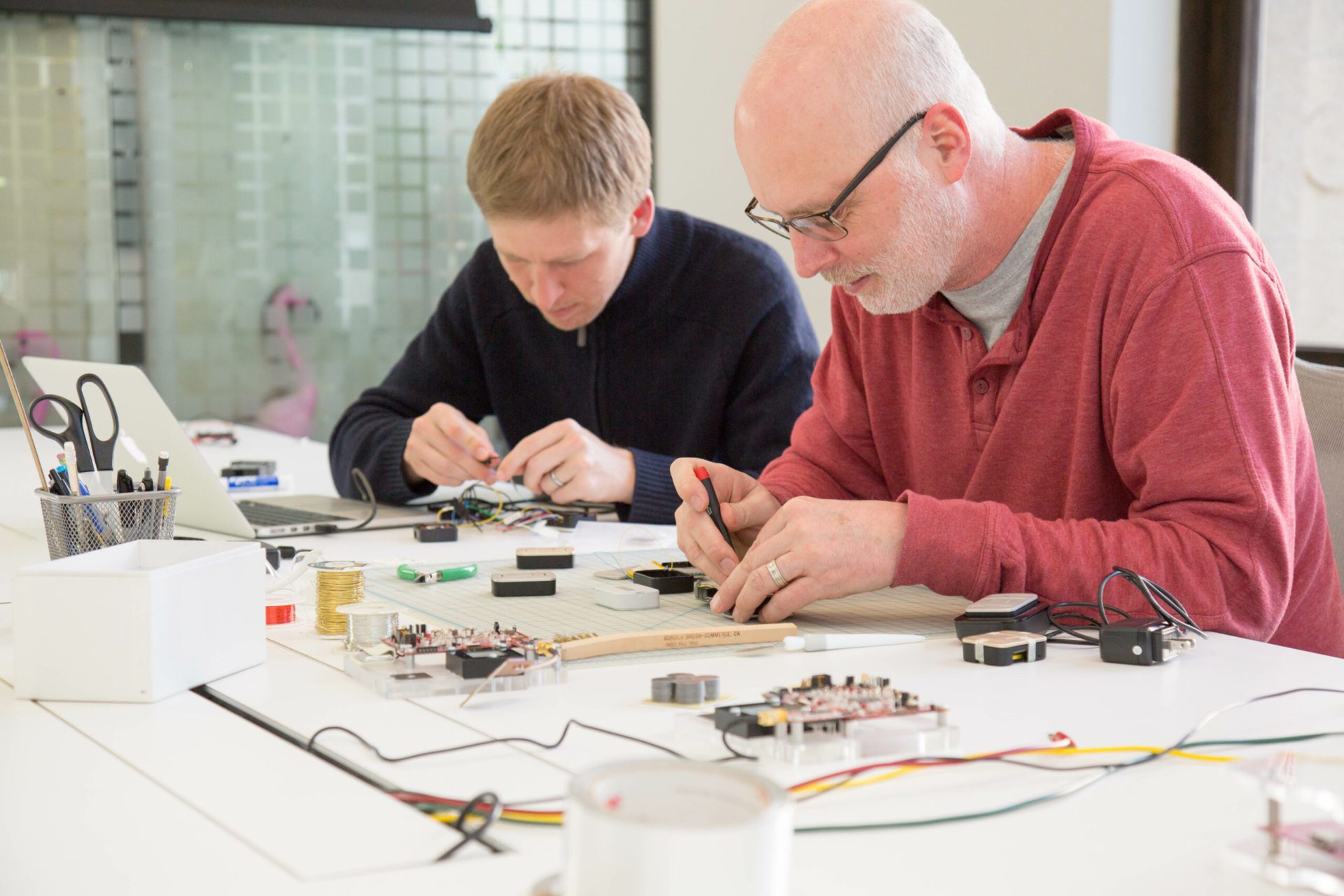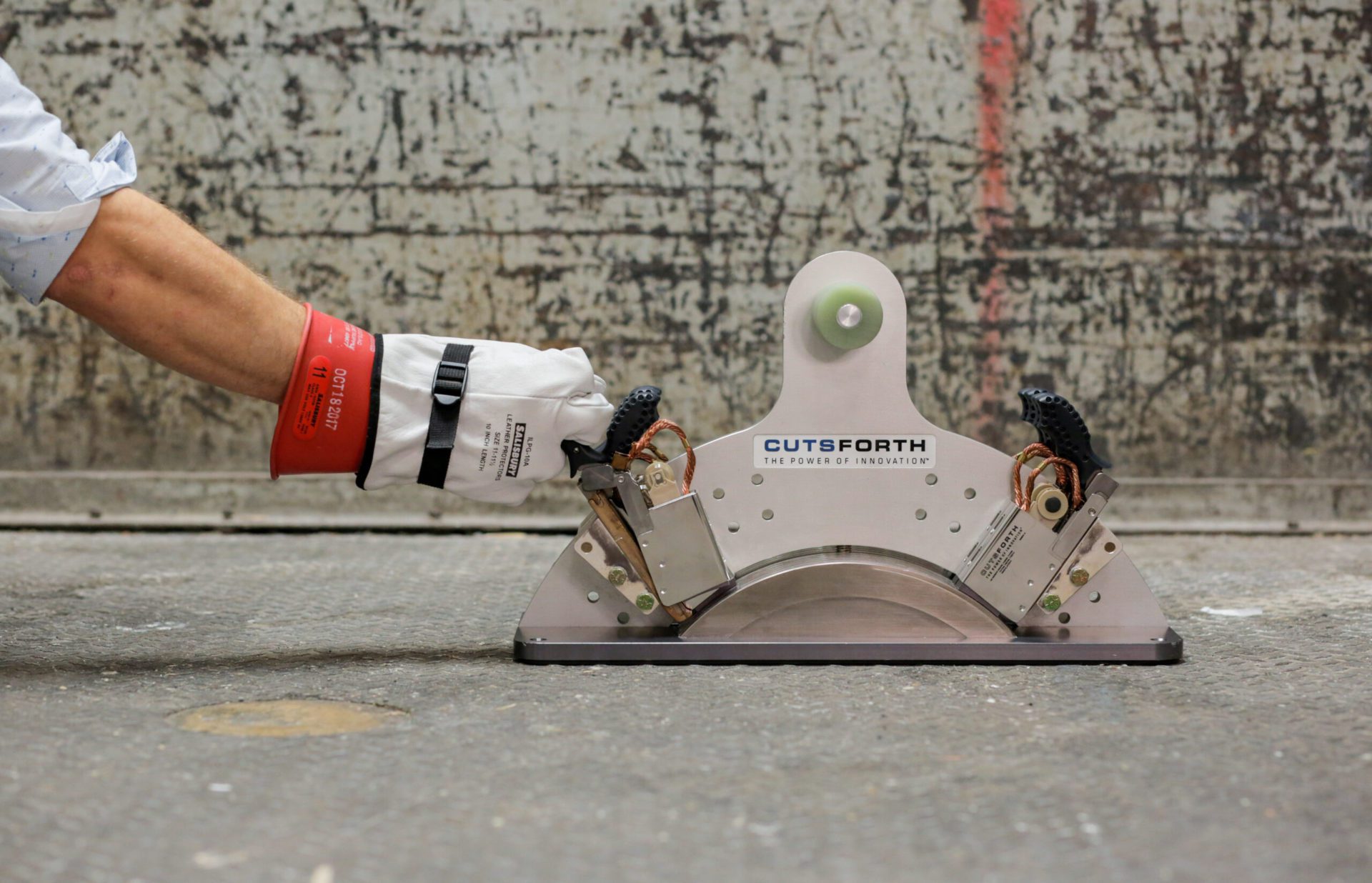Driven by the desire to create novel experiences, businesses dream of collecting the contextual data they need. “What if I knew what my customers wanted and when they wanted it?” The innovative possibilities are endless.
But to collect the data, they need connectivity, and IoT technology has become increasingly complicated. Businesses feel stymied by the pressure to reinvent the technological feats which make connectivity possible, preventing them from carving out their important contribution to the field and market.
There is no one right answer for IoT. Even simple functions require intelligent hardware and complicated back-end structures. Sensors? Antennas? Databases? Businesses frequently get caught up thinking about the “how” rather than the creative “what.”
Fortunately, there’s a better way forward.
Utilizing Existing Tools and Systems Where You Can
When businesses reinvent the tools and systems necessary to enable connectivity, they complicate the product development process by adding additional cost and risk. More importantly, they ignore the historical value established through the field’s evolution.
IoT has been under development for decades. Initially, hard wires were needed to send data collected by sensors to a central computer which would perform certain functions based on that data. Nowadays, increased computing power and network capability have allowed microcontrollers and microprocessors to become smaller, more efficient, and less costly, opening up new possibilities in the collection and use of contextualized data.
Developers can pick 80% (or more) of their technological components off the shelf and focus on the 20% of product development which pursues new designs in product, user experience, and business model.
Not utilizing these off-the-shelf technologies and services results in a significant amount of duplicated work and distracts from the meaningful innovations which enable the novel experience behind the product. If businesses show some contextual awareness of their own, they can leverage the work done by other innovators, building on the shoulders of giants and shifting their focus to more targeted areas ripe for innovation. And although it’s not easy to architect the system, combining the right off-the-shelf solutions and services with bespoke development of the remaining technology required for their unique offering is the best way to achieve transformative new experiences and business models.
Developing in this way—that is, in consideration of previously established means—is the norm for many areas of innovation, especially in fields like IoT which possess a complicated technological architecture.

Take web development, for example. When the world wide web was first coming into existence, a great deal of effort went into building a web page. If you wanted to enable a new online experience, you needed a developer who could build it all from scratch. Now, decades later, there are technologies, tools, and services that abstract away much of how to build a website. This allows even non-developers to easily create websites while focusing on what experience they want their users to have.
Opting to make this form of contribution leads to stronger value propositions for businesses because product developers can narrow their focus down to two central tasks:
1) Determining which of the available tools and systems best serve their product, and
2) Perfecting the innovative aspect of the product which differentiates it in the market
In other words, developers can pick 80% (or more) of their technological components off the shelf and focus on the 20% of product development which pursues new designs in product, user experience, and business model.
Developing Innovative Technology Where You Need To
With newfound space to innovate, product and user experience design for IoT devices can be enhanced to generate novel experiences for customers. Data can operate behind the scenes to enable better interactions between users and their devices.
Take a recent IoT innovation we worked to develop with the San Francisco 49ers. Rather than establishing connectivity to a single device, we brought it to the entire stadium to implement a host of game-changing experiences for patrons.
When entering Levi Stadium, fans scan their tickets on a self-service ticket reading device which looks much like a small column. Upon scanning, the wireless device communicates in real-time with ticketing services. While streamlining ingress does have a positive effect on the user experience, it’s the ticketing staff who are able to make the biggest impact by focusing on the human element of welcoming guests & answering questions rather than the operational requirement of validating entry. In addition, the device issues a red security alert when it encounters a fraudulent ticket, allowing a security individual watching from afar to pull the individual with the fraudulent ticket aside to address the issue and decreasing interruption for other patrons. This visual triage also reduces the need for ticketing staff to deal with security issues, once again allowing them to focus on delivering a positive entry experience for the guests.
Data can operate behind the scenes to enable better interactions between users and their devices.
Not stopping there, we built a robust backend web and database infrastructure which enabled integration with a fan loyalty program and other features like mobile concessions ordering and seat upgrades.
All of this, in sum, created an innovative experience for thousands of stadium patrons to enjoy. And it wouldn’t have been possible without relying on a number of off-the-shelf systems and tools bespoke to the user experience through intentional selection and assembly.
The 49ers knew the experience they wanted: a quick and pleasant ingress with ongoing options for new positive experiences throughout the customer’s time in the stadium. To make it happen, we assembled off-the-shelf technology where we could, using a standard wifi module, optical reader module, and NFC/RF reader module. And we developed innovative technology where we needed to, building a custom PCB that brought the modules together and enabled the overall user experience.
Though product and user design isn’t the only way businesses should be inspired to focus their creative efforts.
Innovating a Business Model with IoT
Many companies are quick to see the value in using IoT innovations to improve current products and change the customer experience. Few, however, consider how connected devices can open up new business models or alter existing ways of doing business.
Take our recent project with Cutsforth, an industrial technology company who provide products and services to support the power generation industry. Faced with a common challenge related to carbon brush maintenance for generators, Cutsforth teamed up with us to develop a connected product solution.
Carbon brushes play a crucial role in engines, providing electrical current from the engine shaft to the generator. When these brushes wear down (and they do often) they must be replaced before becoming dangerously short. But replacing the brushes requires an extremely tedious manual inspection process which, if done improperly, can result in catastrophic effects like generator shutdown and fire.
So we developed an IoT system which utilizes a network of sensors to capture data on the status of each brush. The system wirelessly feeds the data back to a nearby industrial computer, complete with touchscreen, from which a maintenance professional may be alerted if a replacement is needed. On that occasion, the maintenance professional is shown the location of the problem brushes and may perform the maintenance while the engine continues running, a capability previously unavailable.
The sensors also measure a number of other parameters of the generator, indicating abnormal ranges of temperature and vibration. This allows the operator to proactively manage generator performance and maintenance, addressing issues before they become catastrophic.

With an entirely new maintenance service made possible by IoT, Cutsforth developed a product and business model which stood alone in the market. By seeing the value of their innovation beyond an internal solution, Cutsforth brought an IoT service to an entire industry. Once more, without reinventing every component of their system, Cutsforth was able to keep their attention on how their innovation would impact their way of doing business, and they were all the better for it in the end.
By respecting the ecosystem that is IoT, and utilizing the systems and tools available, innovation is catalyzed by assembling the right off-the-shelf components and developing the unique component that enables the rest. Businesses, then, can move forward confidently with IoT and bring their game-changing ideas to fruition.
